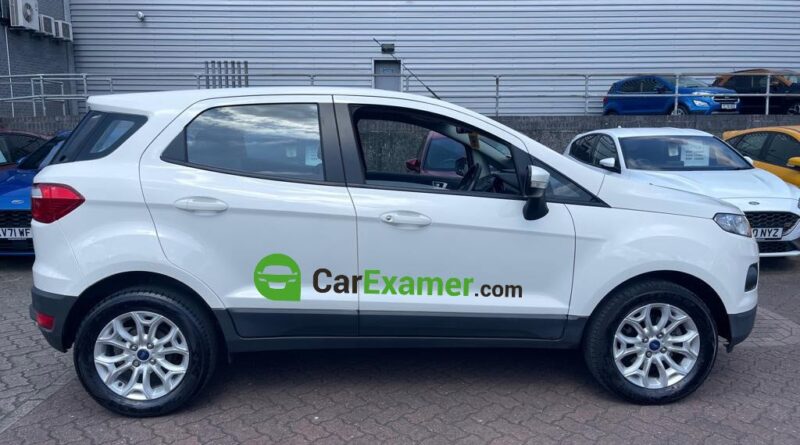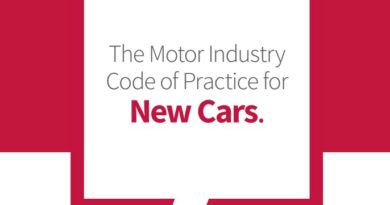Guide to Used Ford pre purchase Inspection
When considering the purchase of a used Ford vehicle, conducting a thorough inspection is essential to ensure that you’re investing in a reliable and high-quality ride. Ford is a renowned automaker known for producing a wide range of vehicles, from efficient sedans to powerful trucks. By following a comprehensive inspection process, you can assess the condition of the used Ford vehicle and make an informed decision. Here are some key aspects to consider during a used Ford vehicle inspection. Check mot history.
Exterior Inspection: Begin by examining the exterior of the Ford vehicle for any signs of damage, such as dents, scratches, or rust. Inspect the paintwork for consistency and check for any mismatched panels, which could indicate previous repairs. Ensure that the doors, hood, and trunk open and close smoothly. Check the condition of the tires, including tread depth and even wear, and verify that all lights and indicators are functioning properly. Types of car history.
Interior Inspection: Move inside the Ford vehicle and inspect the interior thoroughly. Assess the condition of the seats, dashboard, door panels, and other surfaces. Look for any signs of excessive wear, stains, or damage. Test all the features and controls, including the infotainment system, climate control, power windows, and locks, to ensure they are in proper working order. Pay attention to the functionality of safety features like airbags and seat belts. Should i buy Focus or Fiesta.
Mechanical Inspection: It’s crucial to assess the mechanical components of the Ford vehicle to determine its overall condition. Consider taking the vehicle to a trusted mechanic or a Ford dealership for a comprehensive inspection. They can evaluate the engine, transmission, suspension, brakes, and other key components. They will check for any leaks, unusual sounds, or signs of wear and tear. Additionally, they can review the vehicle’s service history to ensure it has been regularly maintained. How to maintain your own car.
Electronics and Technology: Ford vehicles often come equipped with advanced technology features. During the vehicle inspection, test the functionality of the infotainment system, audio system, navigation, and connectivity options. Verify that all electronic components, including power seats, mirrors, and windows, are in good working order. If the vehicle has any driver-assistance features, such as lane departure warning or blind-spot monitoring, test them as well.
Documentation and History: Request the vehicle’s documentation, including the service records, ownership history, and any maintenance or repair receipts. Review the vehicle history report to check for any accidents, title issues, or odometer discrepancies. Comprehensive documentation provides insights into the vehicle’s maintenance history and ownership, adding credibility to its overall condition.
Test Drive: A test drive is essential to assess the Ford vehicle’s performance on the road. Pay attention to how the vehicle accelerates, brakes, and handles different driving conditions. Listen for any unusual sounds or vibrations. Test the steering responsiveness and the functionality of the transmission. A test drive allows you to gauge the overall driving experience and identify any potential issues.
By conducting a thorough inspection of a used Ford vehicle, you can gain confidence in its condition and make an informed purchase decision. If you’re not confident in performing the inspection yourself, seek the assistance of a trusted mechanic or a Ford dealership. Taking the time to thoroughly assess the vehicle will help ensure a reliable and satisfying ownership experience with your used Ford vehicle.
Buying a used VW. Buying used vauxhall, BMW, Jaguar, Ford, Volvo, Range rover, Bentley, Aston Martin, Porsche, Ferrari, Lamborghini, Maserati, Hyundai, Tesla, Honda, Pagani




